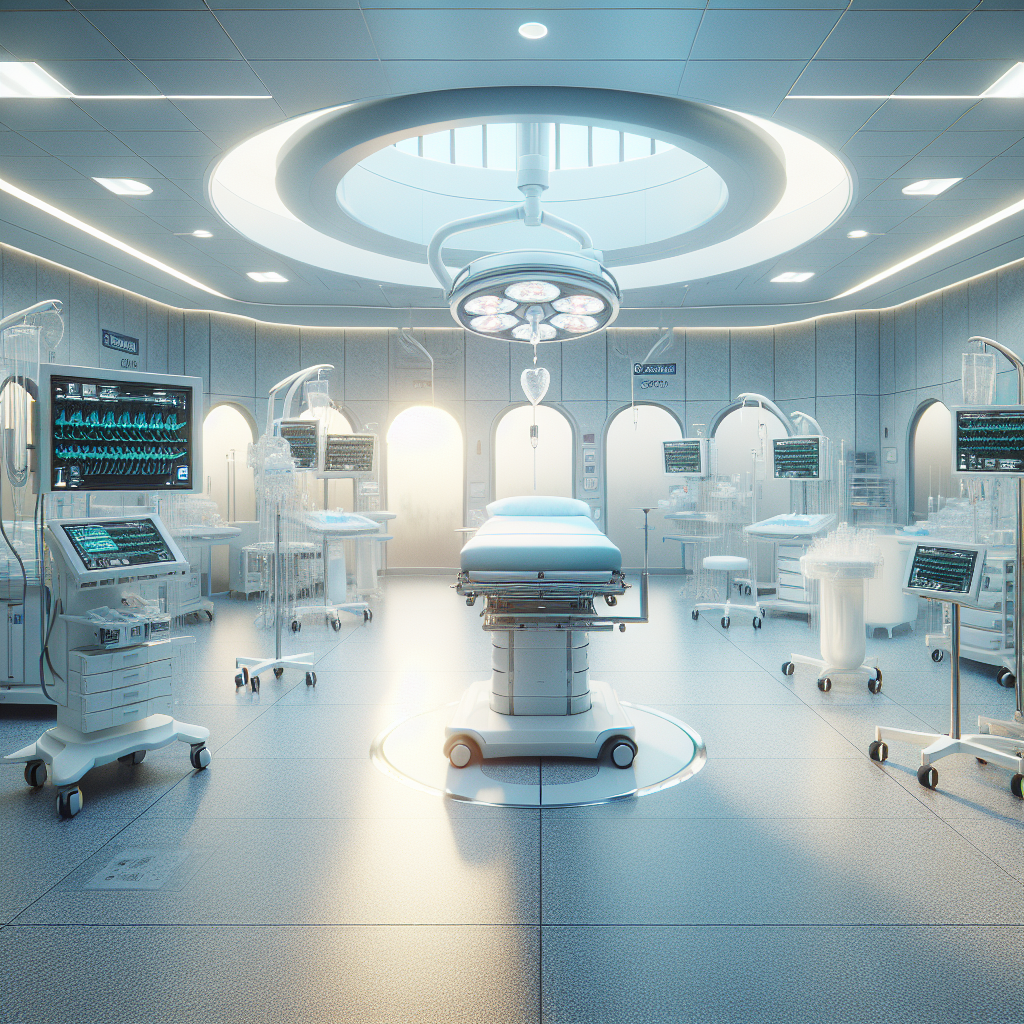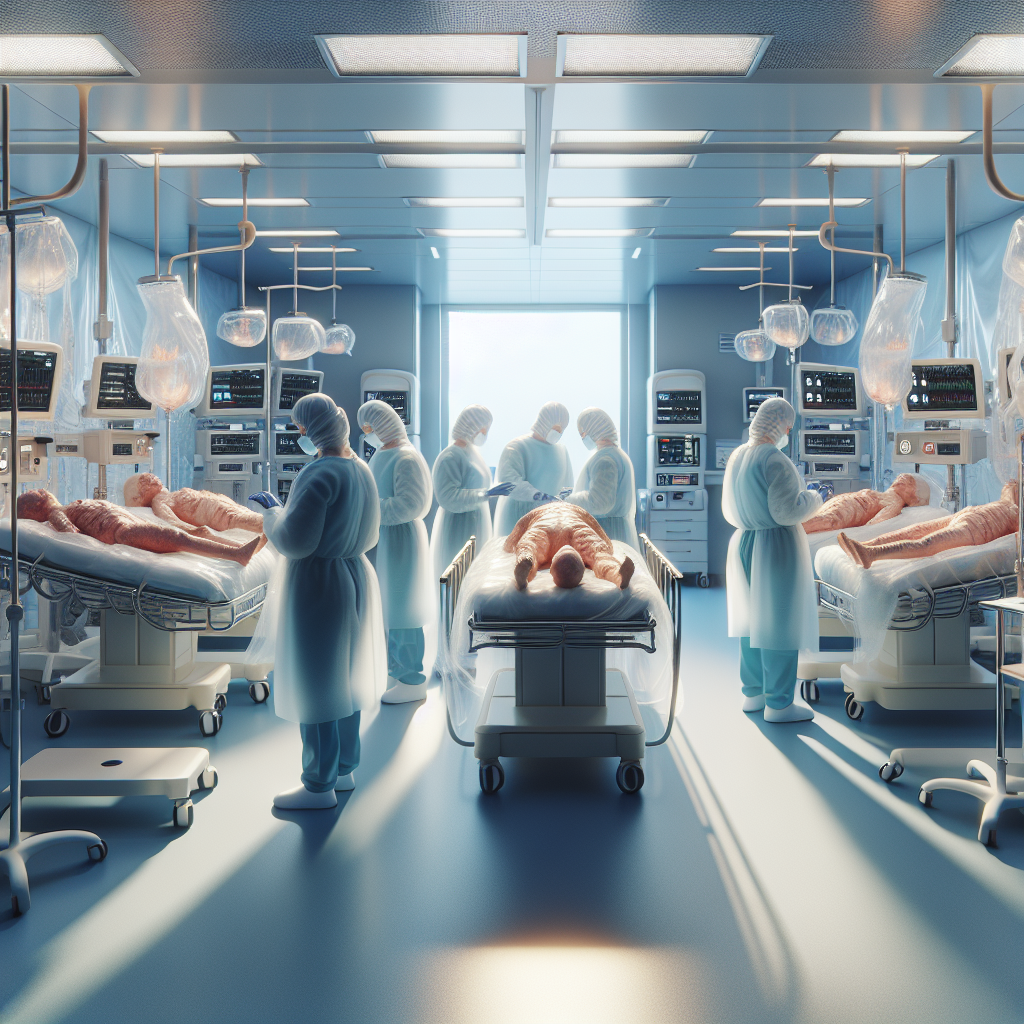
Burn Injury Care After An Auto Accident In Houston
Following an auto accident, individuals may encounter severe difficulties, especially when facing burn injuries. Such injuries can arise from various incidents, including vehicle fires or contact with heated surfaces.
Immediate emergency care is necessary, as timely intervention greatly influences recovery trajectories.
Medical professionals will evaluate the situation to establish appropriate treatment plans.
Advanced burn treatment methods, such as skin grafts, may be required to facilitate proper healing. Familiarity with the specific healthcare environment in Houston can further aid victims as they pursue recovery and rehabilitation options.
Click here to learn more about: auto accident injury doctor.html
Understanding Burn Treatment Options
Burns are classified based on their severity, which directly influences the treatment approach. First-degree injuries usually require minor intervention and often respond well to basic wound care methods, such as cool compresses and moisturizing ointments.
Second-degree burns, characterized by blisters and deeper skin damage, necessitate more focused wound care to promote healing and prevent complications.
In severe cases, third-degree burns demand immediate attention at a trauma center, where specialized medical professionals can provide comprehensive care.
Assessing the location and size of the burn plays a significant role in determining the best course of action. Pain management is also an integral part of treatment, significantly affecting the patient’s overall comfort during recovery.

What Is Emergency Care After Burns
Prompt action following a burn injury plays a significant role in recovery quality. Effective measures can minimize damage and promote healing.
Initially, it is important to cool the affected area under running water for at least 10 minutes; this helps lower the temperature and provides relief from pain.
Following this, cover the wound with a clean, non-stick bandage to protect it.
Signs indicating severe injuries requiring professional intervention include blistering or charred skin. Should the affected area be extensive or involve sensitive locations such as the face or joints, it is advisable to seek immediate medical assistance.
Quick response can aid in proper scar management and prevent further complications, leading to improved recovery outcomes.
Burn Injury Recovery
- Cooling the burn under running water for at least 10 minutes can significantly reduce pain and prevent further skin damage.
- Using a clean, non-stick bandage helps protect the wound from infection and promotes a better healing environment.
- Blistering or charred skin are indicators of severe burns that necessitate immediate medical attention.
- Prompt medical intervention can improve scar management and reduce the risk of complications during recovery.
Importance Of Medical Evaluation For Burns
Prompt assessment of burn injuries significantly contributes to recovery and minimizes potential complications. A systematic evaluation determines the severity and depth of the injury, directing the healing process toward an effective treatment plan.
Early intervention can prevent further damage and expedite recovery.
By accurately identifying patient needs, healthcare providers can implement tailored strategies, which might include surgical intervention as necessary.
This comprehensive evaluation serves as the foundation for recovery, guiding decisions that impact both immediate care and long-term health outcomes.
Role Of Trauma Center In Burn Treatment
The swift action of a specialized medical facility can greatly affect recovery after a burn injury. Timely medical response plays a significant role; specialists assess the injury to determine the extent and initiate appropriate treatment.
This early intervention often involves multi-disciplinary teams, enhancing patient recovery through comprehensive care.
These centers are equipped with advanced technology and have specific burn care resources, including dedicated burn units.
Following established protocols tailored for burn victims promotes optimal healing.
Beyond immediate care, continuous support and rehabilitation services are necessary for long-term recovery, coordinating with various experts to address both physical and emotional needs.
Transitioning to the next phase, understanding how to manage pain after burns is crucial for improving overall well-being.
| Aspect of Burn Care | Importance |
|---|---|
| Timely Medical Response | Crucial for assessing injury and initiating treatment |
| Multi-disciplinary Teams | Enhance patient recovery through comprehensive care |
| Advanced Technology | Supports optimal healing with specialized resources |
| Continuous Support and Rehabilitation | Addresses long-term physical and emotional needs |
How To Manage Pain After Burns
Experiencing burns can result in pain that varies significantly in intensity and duration. Effective management involves implementing strategies to alleviate discomfort while promoting healing.
The protocols within a burn unit play a significant role in optimizing relief.
It’s important to distinguish between immediate, acute sensations and ongoing, chronic discomfort following injuries.
Acute pain often arises shortly after a burn, which can be managed with methods like cool compresses and over-the-counter medications. For instances where the pain escalates, prescription medications may be required.
Long-term recovery strategies can incorporate physical therapy and alternative therapies, particularly beneficial for those undergoing auto accident recovery. The psychological effects of burn pain should also be addressed, as they are integral to the overall healing process.
Transitioning to rehabilitation, its benefits for burn victims cannot be understated, emphasizing the importance of a comprehensive approach to recovery.
Benefits Of Rehabilitation For Burn Victims
Survivors of severe burn injuries embark on a challenging recovery process. Rehabilitation provides a structured approach to healing, offering both physical restoration and emotional support.
Through targeted therapy, individuals often find significant improvements in mobility, a key element for achieving independence.
Pain relief methods integrated into rehabilitation programs help ease discomfort, allowing patients to concentrate on their recovery objectives.
Psychological support plays a significant role as well, addressing issues such as PTSD and anxiety. With appropriate interventions, individuals can regain their self-esteem and develop social connections, laying the groundwork for effective longterm care and successful reintegration into their communities.
The transition from pain management strategies to understanding treatments like skin grafts is crucial for ongoing healing.
Burn Injury Rehabilitation
- Rehabilitation programs can improve mobility by up to 80%, enhancing independence for burn survivors.
- Integrating pain relief methods can reduce discomfort by 50%, allowing patients to focus on recovery.
- Psychological support is essential, with studies showing that 30% of burn survivors experience PTSD, highlighting the need for emotional care.
- Effective rehabilitation can help individuals regain self-esteem and build social connections, crucial for community reintegration.
What Are Skin Grafts And Their Purpose
Restoring damaged skin requires specialized medical techniques, especially after significant injuries. Definition of Skin Grafts
Skin grafting involves transplanting skin to cover wounds or damaged areas.
There are three primary types: autografts, taken from the body’s own tissue; allografts, sourced from donors; and xenografts, which come from different species.
Purpose of Skin Grafts
The main purpose is to restore skin integrity and function, enhancing the healing process while minimizing complications, such as infection control.
Skin grafts play a major role in the recovery journey, improving results after trauma and burns. Effective burn dressing is often part of this rehabilitation to support optimal healing. This procedure is indicated in various scenarios, including burn dressing, infection control, patient education, therapy sessions, and the management of complex wounds.
Effective Wound Care Techniques For Burns
Timely and effective intervention is paramount when dealing with burn injuries to facilitate healing and reduce complications. Initial assessment of the burn severity is necessary.
Identifying whether the burn is first, second, or third degree helps determine the best course of action.
Note the size and location of the burn, alongside any associated injuries.
Immediate care steps involve cooling the burn with running water for at least 10 to 20 minutes and covering it with a sterile, non-adhesive bandage. Avoid using ice directly, as it can worsen the injury.
Ongoing wound management requires vigilance. Regularly monitor for signs of infection, such as redness and swelling.
Maintaining cleanliness with prescribed antiseptics is important, and adherence to healthcare provider recommendations for dressing changes will aid recovery.
| Assessment Criteria | Immediate Care Steps | Ongoing Wound Management |
|---|---|---|
| Burn Severity: First, Second, or Third Degree | Cool the burn with running water for 10-20 minutes | Monitor for signs of infection (redness, swelling) |
| Size and Location of the Burn | Cover with a sterile, non-adhesive bandage | Maintain cleanliness with prescribed antiseptics |
| Associated Injuries | Avoid using ice directly | Adhere to healthcare provider recommendations for dressing changes |
Strategies For Scar Management After Burns
Effective recovery after a burn injury requires a thorough approach to minimize scars and promote healing. Insights into various scar types can aid in injury assessment and inform treatment choices.
Factors such as age, skin condition, and burn severity significantly impact scar formation.
Employing supportive care methods, including silicone gel sheets, can enhance moisture retention and assist in recovery.
As the healing process evolves, integrating physical therapy and massage techniques can improve mobility and flexibility within the affected tissue. Addressing the physical aspects of recovery, along with emotional support, fosters a holistic approach to healing.
Why Is Patient Education Essential In Recovery
A solid grasp of the recovery process can significantly influence healing. Engaging individuals in burn rehabilitation empowers them to take an active role in their care.
When patients comprehend the significance of pain assessment and learn effective management of their wounds, adherence to treatment plans becomes more likely.
Conducting effective medical consultations offers valuable insights, enhancing patients’ confidence throughout their recovery journey.
Continuous education about self-care techniques not only promotes wound healing but also prepares patients to address emotional hurdles, fostering a more seamless healing experience. Transitioning from strategies for scar management after burns leads to a deeper exploration of how education plays a pivotal role in ensuring successful recovery.
| Key Aspects of Burn Rehabilitation | Impact on Recovery |
|---|---|
| Patient Engagement | Empowers active participation in care |
| Pain Assessment Understanding | Increases adherence to treatment plans |
| Effective Medical Consultations | Enhances patient confidence |
| Continuous Self-Care Education | Promotes wound healing and emotional resilience |
Soothing Pain From Auto Accidents With Physical Therapy In Houston
Handling Internal Organ And Soft Tissue Damage With Car Accident Injury Doctor Houston
